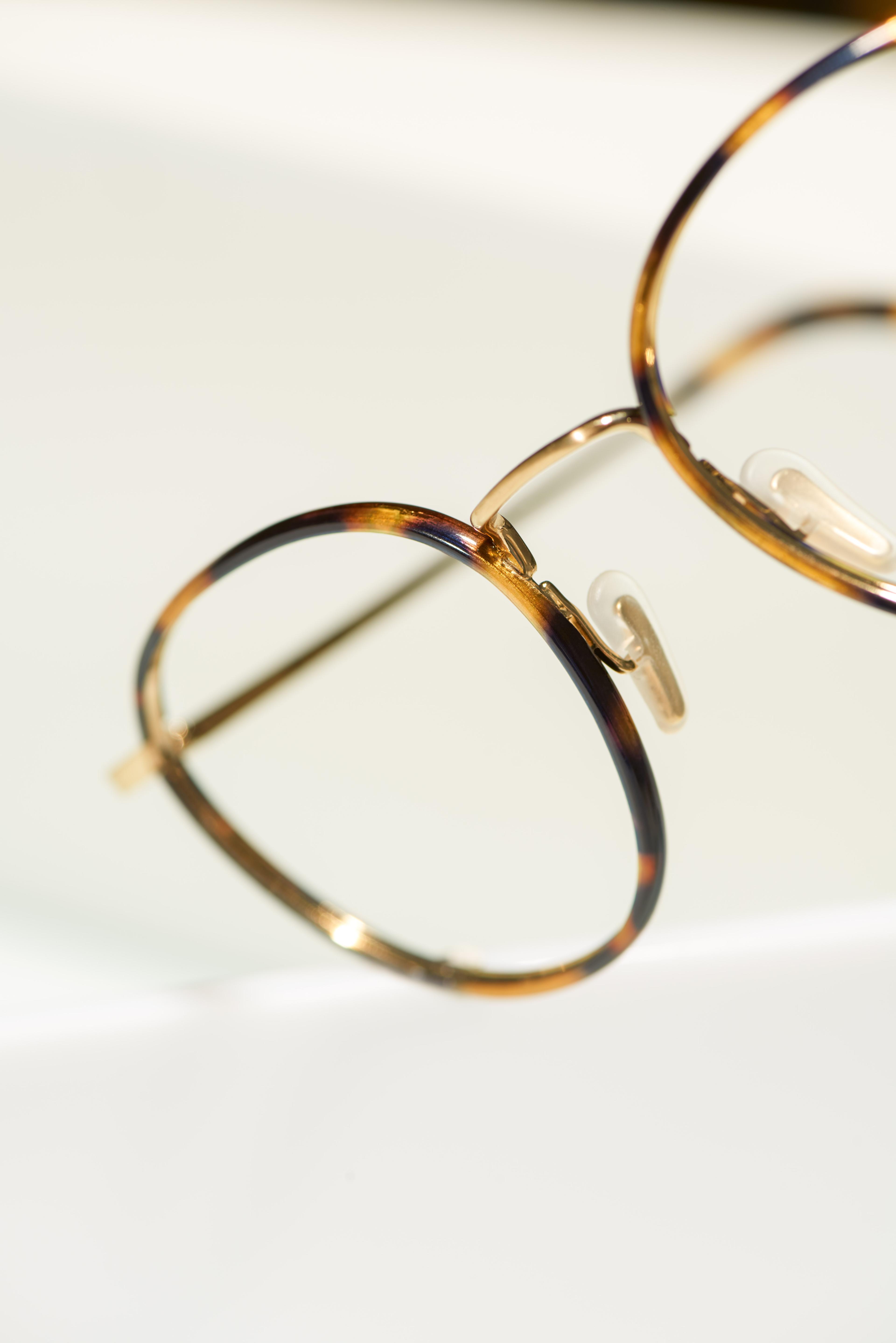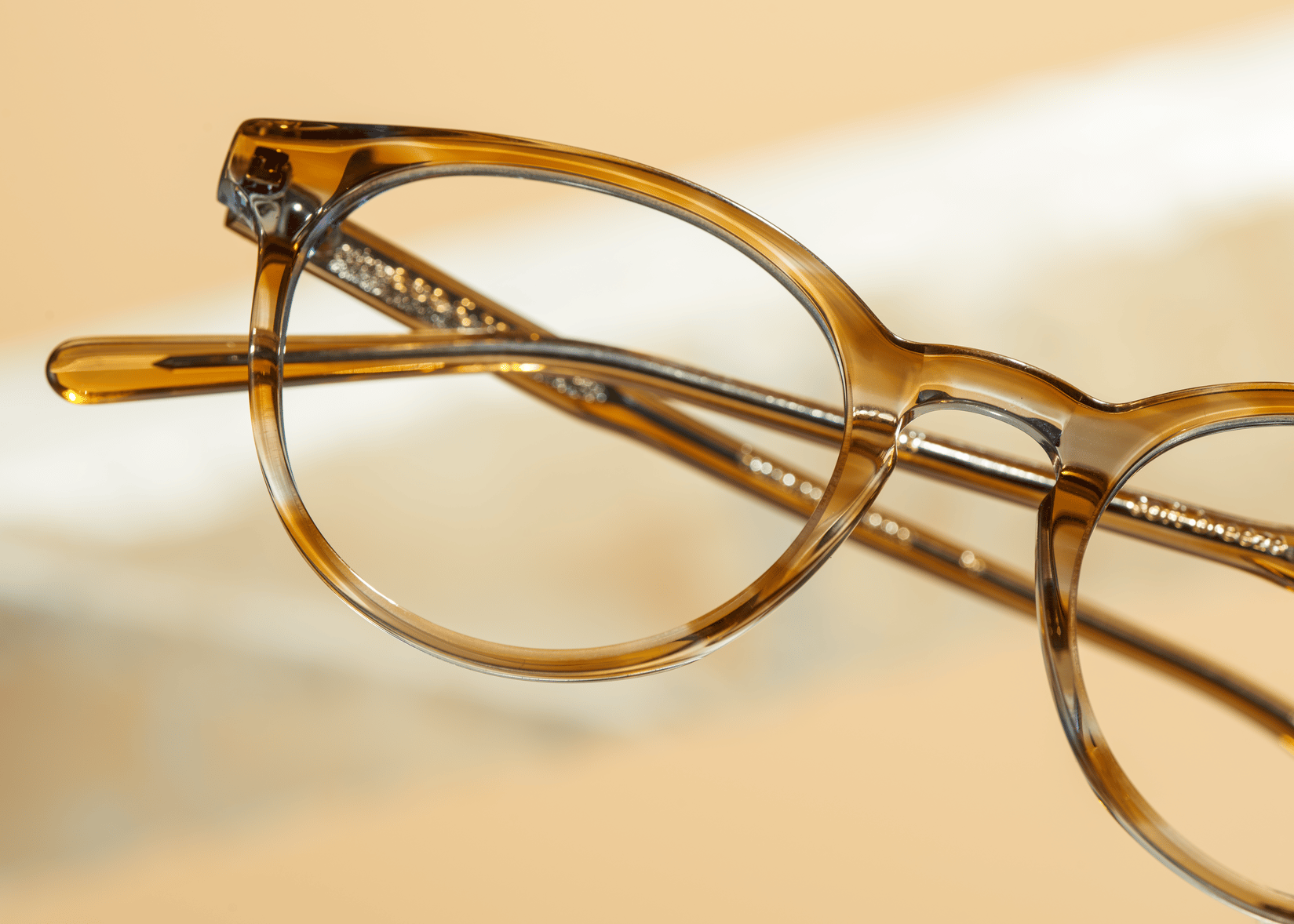Multifocal Glasses
Multifocal glasses have multiple prescriptions in one lens. Gone are the days of switching frames!

Making life look good from every angle
Age is just a number, but between 40-45, most of us start having trouble reading small text or seeing things up-close. Add in the glare of computer screens, tablets and mobiles, and our eyes feel the strain even earlier. That’s where multifocal glasses come in...
How they work
Multifocal lenses – or varifocals, if that’s your thing – are designed with multiple prescriptions in one lens. The top is made for long distances, the bottom for short distances, so you can live your life and read a book (or more likely a phone screen), without having to change your specs.
In between those two prescriptions is a transitional area, which is handy for intermediate viewing distances, like your car dashboard or computer screen.
Multifocal lenses are also packed with all the other extras you’d find on our single vision lenses, like an anti-reflection coating, UV protection and more.
The only downside? The transition effect can cause distortion around the edges, which differs depending on the quality of the lens. In a nutshell, the higher quality the lens, the less blur there is and ours are rated among the ‘best’ by industry standards.

Nothing but the Best
There are two types of multifocal lenses available on the market: standard and freeform produced lenses. Standard lenses are always the same design, with the different prescriptions placed in the same spot on every pair. That means that a large chunk of the reading prescription might be chopped off if you decide to go for a small-sized frame, like the Tyler.
We only use freeform lenses for multifocal, made by one of the top three manufacturers in the world. These lenses have better precision than the standard design and are produced taking the frame size into account, as well as your specific prescription, pupillary distance, corridor length and pupil height. We take this stuff seriously, you know?
This means less blur, a smoother transition, a wider range and a really lovely time all-round. In fact, freeform lenses offer such sharp results, most customers agree they're as good as bespoke lenses - which usually cost an arm and a leg. How about that for a fresh new outlook?
Extra bonus: We work directly with our lens suppliers, which is why we can offer this top-notch lens-type for a price that won’t make you wince, from DKK 3,650.
Oh, and we’ll give you 60 days to try them — no questions asked.

Your prescription matters
For us, lens quality is a no-brainer, but something else to think about is your prescription. If there’s a big difference between your distance prescription and your reading one, the more distortion there’ll be and the harder they’ll be to get used to.
The solution? As soon as you start having issues with reading up-close — even if you don’t want to admit it — pop in and see one of our optometrists and they’ll confirm if you need multifocal. Your eyes will thank you.
Heads up: our multifocal glasses are available up to a maximum sphere between -8.00 or +8.00 and up to a maximum cylinder of -4.00 or +4.00.
Multifocal glasses start from DKK 3,650.
You can snag a pair online as well as in-store.
How to get used to multifocal glasses
Already got your varifocal glasses? Read this and you’ll be getting on in no time.
1. Go home
Relax, eat a snack, pick up a book. Get used to the different depths and see how your varifocal glasses feel, but do it at home. Safety first.
2. Move it, shake it
Your head, that is. Tip the point of your nose towards whatever you’re looking at, and keep your chin up when you’re reading something. That way, you’re using the correct part of the lens every time.
3. The perfect fit
Your glasses might not sit right on the first try. It’s important that you’re looking through the right part of the lens, so come in and we’ll adjust them there and then, free of charge.
4. Things feeling strange?
Some people might experience some blurriness at the edge of the lenses. It might take a few days or even a couple of weeks to get used to, but don’t worry, it’s completely normal.
Still not right? If your peepers are still not right after two weeks, then book in with one of our team and we’ll make any necessary changes. Again, it’s on us.
